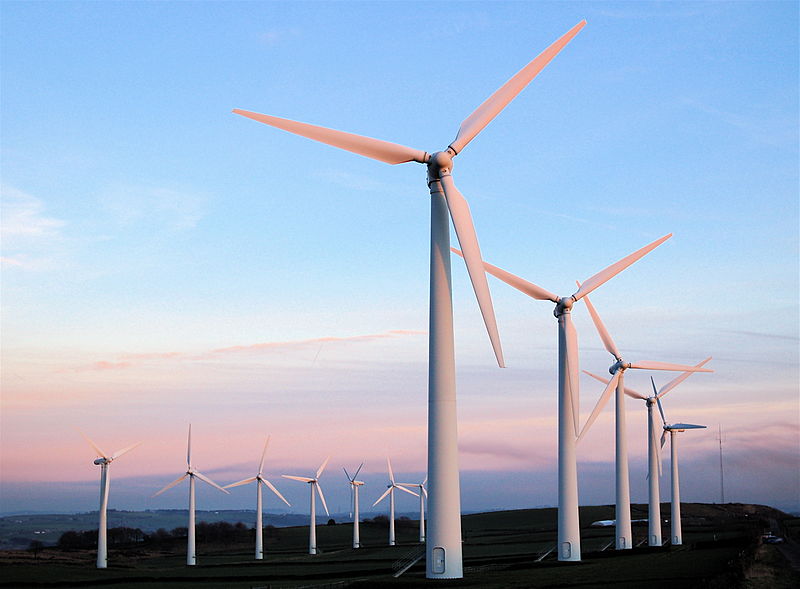World Bank to invest $20 million in a Wind Power Farm in Kenya
World Bank is planning to invest $20 million (Ksh.1.6 billion) in a wind power farm in Kajiado County in Kenya. The project is said to inject 100 megawatts of power into the Kenyan power grid.
The project is to be undertaken by World Bank’s private arm International Finance Corporation (IFC) which is to invest in the project dubbed Kipeto wind power project; financed through equity financing.
The Kipeto wind power project will be the second-biggest wind power project to be established in Kenya after a 300 megawatts wind farm being installed near Lake Turkana in Marsabit county.
IFC which hold 20% stake in the project, made a statement reading: “The proposed IFC investment includes an equity investment in KEL of approximately $20.5 million – including the funding of Kipeto Trust’s free carry – for IFC’s own account.”
The Kipeto wind farm will be set up some 70 kilometers (43.5 miles) south-west of the capital, Nairobi on a 70 kilometers square farm. The wind turbines to be used will be supplied by an American company, General Electric (GE). GE is also said to construct a new substation at the project’s site and a 66kV line to transmit the power to the national power grid.
The project will be managed under Kipeto Energy Limited (KEL), and the organization will be made up of various shareholders from across the globe. The country’s main power distributor Kenya Power has entered into an electricity purchase agreement with the IFC.
IFC said, “Power Kipeto will sell its power to the Kenyan off-taker KPLC at a feed-in tariff of $12cents/kWh under a 20-year PPA.”
Kipeto Energy Limited was founded by Craftskills Wind Energy International Limited, which is owned by local Kenyan entrepreneurs Charles Munywoki, Simon Guyo and Kenneth Namunje. African Infrastructure Investment owns KEL’s 55% stake.
The extra megawatt that is expected to be injected into the national grid will be a big relief for local entrepreneurs and companies. Since power is currently quite expensive in Kenya, accounting for a big percentage of the total cost of production; making local product very expensive compared to foreign imported products.
Both local and international investors are now looking forward to the reduced cost of operations in the Kenyan market, with the increased power supply which, hopefully, will translate to an even further reduction of power cost. The project is said to cost a total of $316 million upon full completion.



